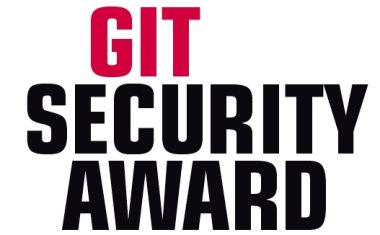Transforming Perimeter Security in Critical Infrastructure: The Power of LiDAR and Fibre Technology
Discover how LiDAR and fibre technology are transforming the accuracy and reliability of perimeter security systems for critical infrastructure.

Protecting critical infrastructure is essential to a nation’s security, economy, and societal well-being. In recent times, European policymakers have become increasingly concerned about the rise of hybrid threats, a combination of cyber and physical sabotage on Europe’s critical infrastructure. Energy infrastructure across Europe faces heightened risks, prompting Governments to urge the private sector to enhance vigilance and resilience of their country's economy and society.
Complex Sites
The scale and diversity of critical infrastructure sites make protection complex from different type of threats they could face: terrorism, vandalism or unauthorized intrusion. Similarly, power stations and substations are often located in remote locations that are often exposed to harsh weather conditions. Potential attacks on such sites could have catastrophic consequences. What is obvious is that the needs of each site are distinct and require different combinations of intelligent security technologies used in a layered approach.
A Layered Security Approach
The best security combines several different technologies to form a multi-layered intrusion detection system. Early detection of a potential intrusion starts outside the perimeter fence. Modern fibre optic technologies, such as Optex’ Fiber SenSys and Echopoint series, can detect vibrations and unusual activity, such as loitering or approaching vehicles. Distributed acoustic sensing, such as Optex’s Echopoint, offers extensive detection capabilities, covering up to 100km from a single unit. These systems provide precise location data, identifying the point of intrusion of +/- 6m, enabling rapid and appropriate responses.
At the fence line itself, LiDAR technology can accurately identify attempts to scale the fence or cross the site, even in challenging environments. Optex’ Redscan Pro sensors, for example, mounted at six metres from the ground, provides a 100m detection area which can be split into eight different pre-set areas or zones, each set to analyse the size and distance of moving objects. It has a built-in camera and supports post-event analysis. LiDAR also provides enhanced environmental resistance, providing detection in all environments, even in extreme weather conditions, operating from -40 to +60 degrees.
Adapting and Upgrading Systems
A layered security approach provides the flexibility to choose and integrate best-of-breed security elements, ensuring the most effective solutions. Upgrading to electronic security solutions with LiDAR or fibre optic offers a cost-effective and resilient option, as these technologies are less susceptible to interference, have long lifespans, and can be easily updated with software upgrade. However, integration on a project basis can introduce uncertainties, such as whether components will remain compatible with the management platform after future software upgrades. To address these challenges, Optex has partnered with numerous Video Management Software (VMS) providers to ensure seamless integration of its sensors, creating a robust and future-proof security ecosystem where Optex sensors integrate effortlessly with VMS platforms, ensuring long-term compatibility and ease of use.
Conclusion: Adapting to Evolving Threats
Protecting critical infrastructure is essential for national security. The diverse nature of infrastructure and the variety of threats require a multi-layered, adaptable, and resilient security approach. As reliance on electricity grows and climate change introduces new challenges, modern technologies like fibre optics and LiDAR offer the durability and flexibility needed to safeguard these vital assets.
For further information please contact marketing@optex-europe.com.















